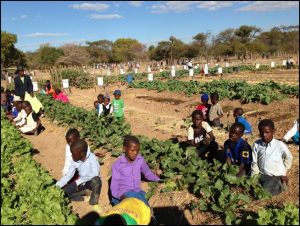Water-Energy-Food Nexus
The Water-Energy-Food nexus refers to the linkage of water and energy to food production, and also the interdependencies between water and energy.

Globally, agriculture is currently the largest single user of water, accounting for 70% of total withdrawal, while food production and related supply chain account for about 30% of total global energy consumption. Energy is required to produce, treat, and distribute water; and conversely, water is used extensively in energy production; thermoelectric power generation being a clear example.
In water scarce regions of east and southern Africa the detrimental impact of water shortages on agriculture productivity – and on human health, is clearly evident. So too is the lack of access to electricity and its impact on access to water. However, with the 80% drop in the cost of solar panels since 2010, along with innovative “pay as you go” business models for purchasing panels, the current rate of growth of “off-grid” solar power installations in Africa could outpace connections to fixed-line grids within the next few years.1
Therefore, along with improved water efficiencies in agriculture and food production through methods such as drip irrigation and aquaponics, the increased availability of off-grid solar power has implications for improving access to water for both agriculture and household uses, as well as in providing electricity for other uses.
What we do
Water Pathways facilitates an integrated approach to the water, energy, and food nexus. The Luveve Culture Center project in Bulawayo, Zimbabwe exemplifies this approach where groundwater drilling, raised bed drip irrigation, and a solar power installation are central to the current project proposal.
1 Offgrid solar power, The Economist, Oct. 29, 2016, p. 39
